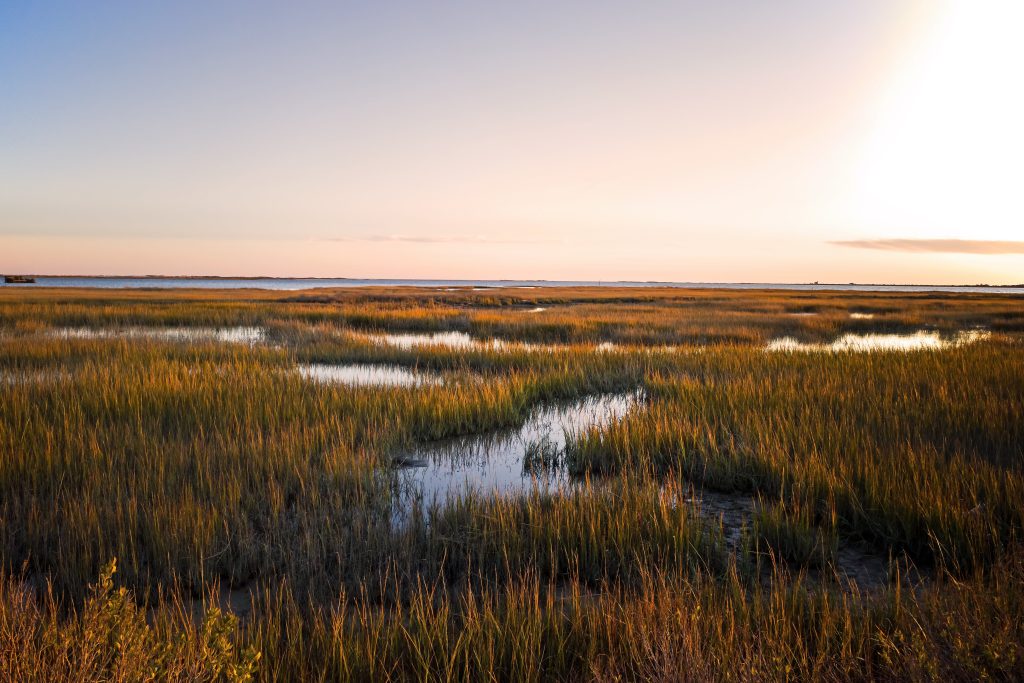This year the US Department of the Interior has granted over $50 million for conservation projects and wildlife refuges, which will be matched by partners and amounts to over $146 million. This will help either conserve or restore over 240 thousand acres (about the area of San Antonio, Texas!) of wetland and upland. Upland refers to natural habitats for animals such as birds, or waterfowl.
Why are wetlands important?
Wetlands offer a habitat to a wide array of aquatic and terrestrial plants and animals, supporting thousands of species. If wetlands aren’t maintained, if some are destroyed, or if they become heavily polluted, many species would suffer (or even be in danger of being wiped out) and eventually our landscapes and ability to farm may be compromised.
The Commission has granted approval for over $21.7 million (included in the $146 million) from the Migratory Bird Conservation Fund to preserve land in five national wildlife refuges spanning four states.
- Cat Island National Wildlife Refuge in Louisiana
- Clarks River National Wildlife Refuge in Kentucky
- Green River National Wildlife Refuge in Kentucky
- Silvio O. Conte National Fish and Wildlife Refuge in New Hampshire
- Willapa National Wildlife Refuge in Washington
Through the utilization of funds primarily generated from the sale of Federal Migratory Bird Hunting and Conservation Stamps, also known as Duck Stamps, as well as import duties on arms and ammunition, a total of 5,401 acres has been preserved for five national wildlife refuges via the Migratory Bird Conservation Fund.
The Federal Duck Stamp Program, since its establishment in 1934, has contributed over $1.1 billion towards habitat conservation in the National Wildlife Refuge System.
This substantial contribution will have a significant positive impact on the affected areas, greatly enhancing the livelihoods of local communities and wildlife. It will also help attract more nature enthusiasts, biologists, and other professionals, fostering the development of clean and well-rounded habitats that help benefit all.
Since 2003, FDCE has been actively involved in the establishment of native grasses, forbs, and pollinator habitat. Our team has consistently achieved remarkable success in the professional establishment and management of over 400,000 acres of habitat since our inception. Learn more about FDCE’s conservation efforts here!
Get a free quote from FDCE today to see how we can help you.

